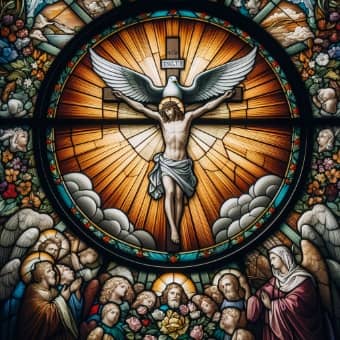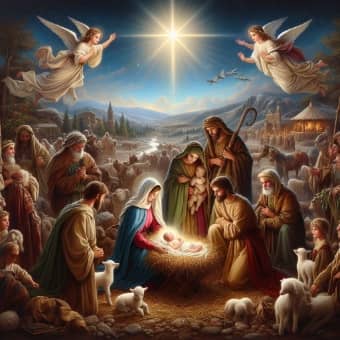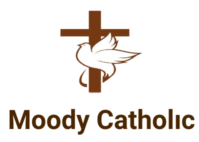The Deep Significance of Easter and Christmas
Celebrating Redemption and Rebirth
Easter and Christmas are two of the most significant celebrations in the Christian calendar, both steeped in rich theological meaning and cultural traditions. These festivals not only shape the rhythm of the year for Christians around the world but also leave a profound impact on the global community.
This blog post contains affiliate links. When you click on a link on this page and make a purchase I may earn a small commission, at no additional cost to you. Thank you for your support.

The Spiritual Heart of Easter
Easter, commemorating the resurrection of Jesus Christ from the dead, is the centerpiece of the Christian faith. This pivotal event, which occurs on the Sunday following the first full moon after the vernal equinox, celebrates the defeat of death and the promise of eternal life.
The Holy Week
Easter is the culmination of the Holy Week, which marks several key events in the final days of Jesus’s earthly life. It begins with Palm Sunday, symbolizing Jesus’s triumphant entry into Jerusalem.
This is followed by Maundy Thursday, remembering the Last Supper and the institution of Eucharist. Good Friday mourns the crucifixion and death of Jesus, leading to the joyous Easter Sunday.
Theological Significance
Christian theology holds that through his death and resurrection, Christ atoned for the sins of humanity, offering salvation to all. This act of love and sacrifice is viewed as the cornerstone of Christian belief — that whoever believes in Him shall not perish but have eternal life.
Cultural Celebrations
Easter also blends cultural elements, such as the Easter bunny and egg hunts, symbolizing new life and rebirth. These customs are thought to have pre-Christian origins, now melded into the fabric of modern Christian festivities.
The Wonder of Christmas
Christmas marks the birth of Jesus Christ, observed on December 25th. It heralds the divine incarnation — God assuming human form to dwell among people. This festival not only celebrates Jesus’s nativity but also emphasizes themes of light and hope during the darkest time of the year in the Northern Hemisphere.
The Nativity Story
The Gospels recount the birth of Jesus in Bethlehem, his humble beginnings in a manger, and the adoration by shepherds and wise men. This narrative underscores the Christian doctrine that God became approachable and understandable through Jesus — “Emmanuel” meaning “God with us.”

Religious Observances
Traditional religious practices include Midnight Mass and singing carols, intended to reflect upon the divine mystery of the incarnation. Additionally, the Advent season builds anticipation for the coming of Christ, involving lighting candles on the Advent wreath, reading scriptures, and prayer.
Global Traditions
Christmas is also a cultural phenomenon, with customs like gift-giving, Christmas trees, and festive meals. These practices have diverse origins but are embraced widely, representing joy, generosity, and family unity. While Santa Claus is a secular figure, he embodies the spirit of giving associated with the holiday.
Unified Themes
Despite their distinct narratives, Easter and Christmas share unified themes of hope, renewal, and divine love. They inspire believers to reflect on life’s deeper meaning and encourage practices of compassion and community.
The eharmony Difference? Deep compatibility! Try it Today!Conclusion
Easter and Christmas are not just historical commemorations but living traditions that resonate with millions. They remind us of life’s cyclical nature and the perpetual promise of new beginnings. For believers and non-believers alike, these festivals offer a time to pause, rejoice, and contemplate the profound tales of sacrifice and birth that are at the heart of these celebrations.
Looking for unique Catholic gifts? Check out our gift guide!

